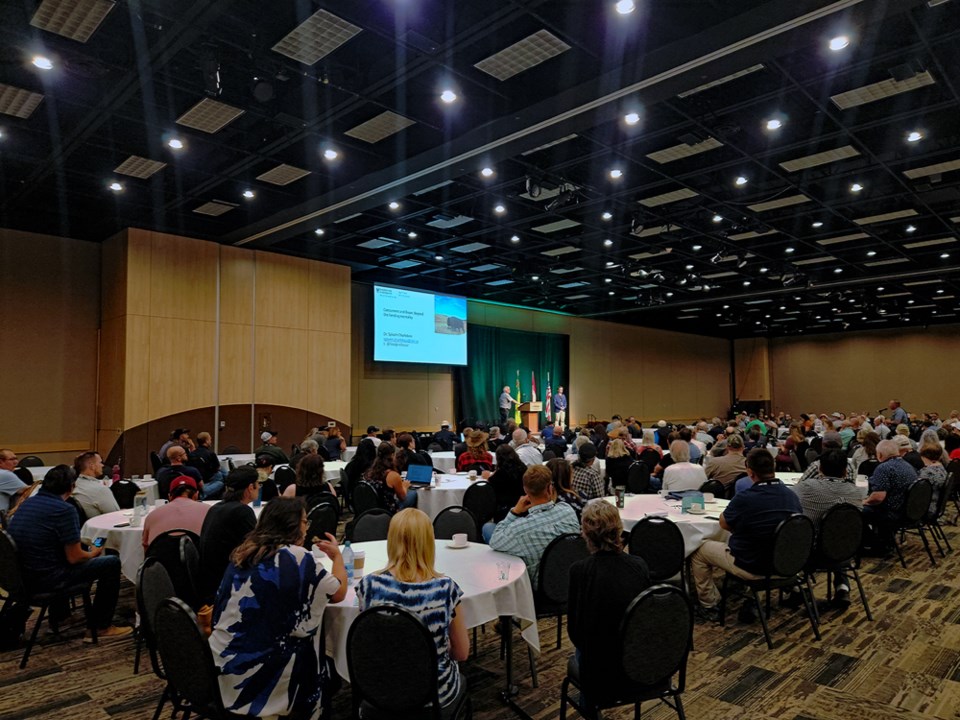SASKATOON — Dr. Gregg P. Adams is known internationally for his work on ovarian function.
He has published research works on fertility and ovulation of species like bison and other species in the bovine family.
The University of Saskatchewan professor in the Department of Veterinary Biomedical Sciences said the Western College of Veterinary Medicine is assisting in the health of the Canadian wood bison.
“Increasingly, the [WCVM] is working with endangered and wild species. We've always dealt with a variety of domestic and wild species,” Adams told SASKTODAY, who also added that they have had a facility that maintains bison, elk and white-tailed deer for more than 10 years.
“So, we’ve had a bison herd out there since 2006 and that's been under the auspices and direction of the [WCVM]. It [centre] has been included as part of the livestock and forage Centre of Excellence, which is now sort of university-wide.”
They also have staff interested in studying infectious diseases in animals and others like him whose field of studies are in genetic health and reproductive characteristics. Adams is a reproduction specialist — a fertility doctor for animals.
Being a reproduction specialist allows Adams to study the normal reproductive patterns of bison in particular as efforts are now being carried out to repopulate the animal that used to roam the Canadian prairies.
“We learn what their [bison] normal reproductive pattern is, which is curious that after all of this time, we didn't know what their normal reproductive pattern was. We've characterized that and then we develop tools to collect germplasm, which is important if we want to create healthy offspring,” said Adams, the leading academic on the Bison Integrated Genomics project.
The BIG project is funded in part by Genome Canada, which committed $5.1 million to develop the world’s first bison genome biobank at USask.
The project will have bison semen collection, cryopreservation, embryo production and the ability to deploy or use the bison semen through in vitro fertilization in different cow herds where Adams said the method will lessen the cost of reproduction.
“As an example, it would cost probably $30,000 to move a couple of bulls from one place to another in a trailer. In addition to the cost and stress of moving live animals, there is the inevitable risk of transmitting disease. A live, big, fuzzy and warm animal can’t be disinfected but we can disinfect germplasm. We can disinfect semen and embryos successfully,” said Adams.
“And that allows us to move very efficiently and in a very bio-secure fashion so that for the price of one seat on an airplane ticket, we can send 1,000 doses of semen and inseminate 1,000 bison cows. That's the kind of thing that we feel we can do and we need to do if we want to recover the species.”
Adams had been at the veterinary college for three decades where his research shifted from domestic livestock production, like cattle, to bison.
“I've happily become a comparative and reproductive biologist because we can learn a tremendous amount by comparing one species versus another. That has allowed us to progress. Modestly, probably, we are among the best in the world,” said Adams.
“In our technology, development and understanding of bison we've produced the first bison calves from frozen semen, and the first bison calves produced from IVF embryos and frozen embryos. So, we're at the top I think, in those tools.”




